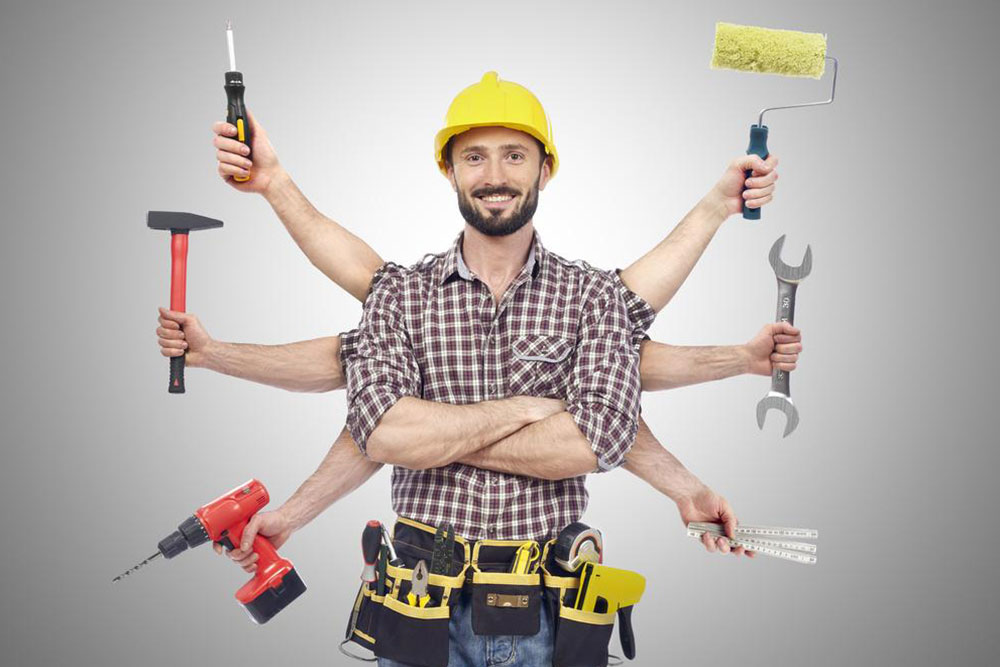The DIY work wear guide for beginners
If you have always wanted to do your own DIY housing project or do a couple of repair works on your own, then this guide is for you. Getting the right work wear for your DIY project can ensure comfort, safety, and security. You wouldn’t want to end up ruining a perfectly good set of clothes or worse still, get hurt because the clothes you were wearing weren’t correct! Although that seems extreme, taking steps towards wearing durable, comfortable, work wear can ensure safety.
Here’s what you need to look for when shopping for good work wear.
Work boots: Getting a solid basic work boot will ensure you get enough traction on the surface and have a comfortable grip.

Work pants: Although shopping for stylish work pants is okay, getting something useful is more important. Look for extra pockets, Cordura knees, heavy duty buttons, reinforced seams and flame resistant gear in the work pants department. Removable knee pads and external pockets are definitely adaptable features to look for in an ideal work pant.
Work shirts: 100% breathable cotton T-shirts can be good. Light colors can be easier to wear under the hot sun than a black t-shirt. Look for moisture-wicking features and see if the shirts are constructed from a heavy knit to provide more durability. Don’t buy shirts that are loose-fitting since they can drag across the wet paint, snag in machinery, or catch on loose nails.
Work hats: If you are worried about overexposure to the sun, getting a baseball cap can help you keep the sun off your face and eyes. If you have some extra money to splurge, look for extra flaps in the back to protect your neck from too much sun. Wide-brimmed cotton hats offer premium comfort, sun protection and prevents sweat from dripping into your eyes while working. If you’re working in an area where something could drop on your head, or where you could bang your head, invest in a hard hat.
Work gloves: Simple leather or denim gloves offer you a lot of protection at affordable prices. Look for work gloves that fit snugly and secure around your wrist firmly. High-quality work gloves protect your fingers and enable a certain level of tactile sense.
Outerwear: If you work around the seasons, getting the right outerwear is essential. If it’s cold weather you’re facing, look for a proper coat, vest and an overall. Puffy and loose fitting outwear are a big no-no. Get water-resistant outwear for wet environments. Good outerwear will protect your body but not impede your movements.

